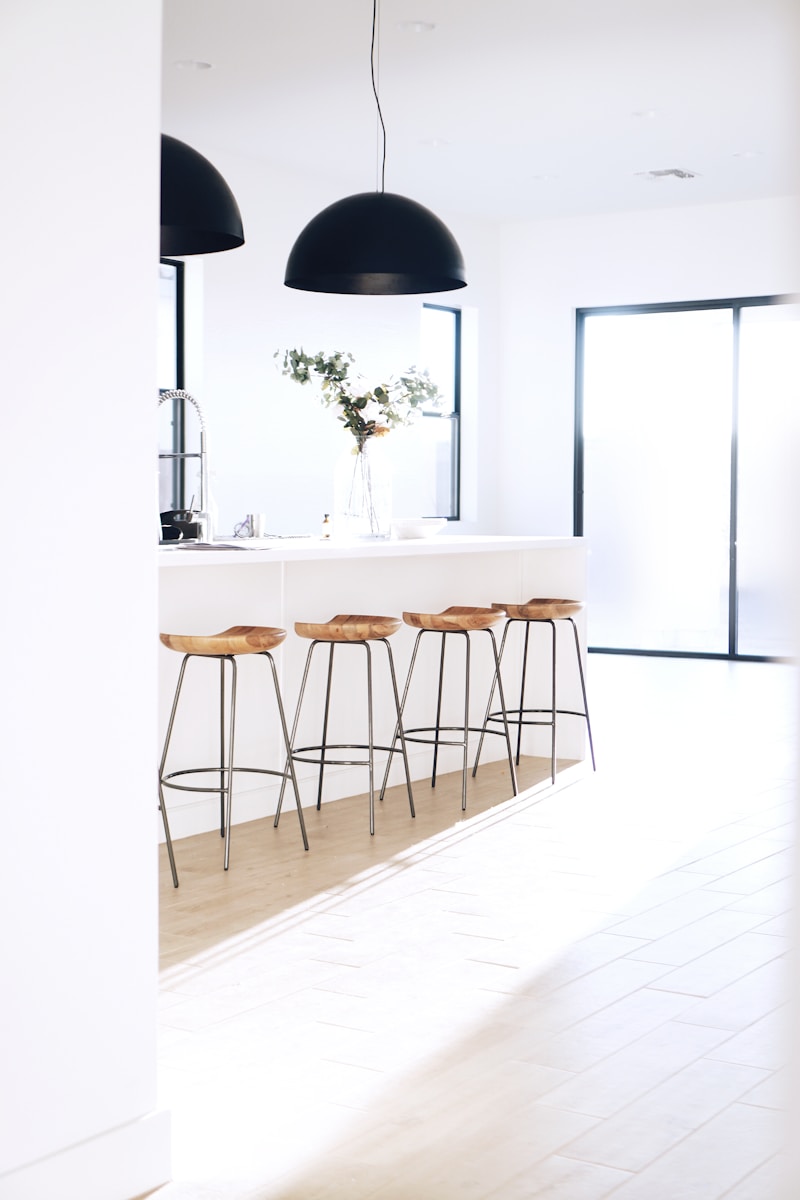Classic vs. Modern: When Styles Collide
Introduction to the Collision of Styles
The world of design and aesthetics is vast and ever-evolving. One of the most intriguing discussions is the conflict—and sometimes collaboration—between classic and modern styles. This article explores how these two styles collide, the characteristics that define them, and how you can embrace the best of both worlds in your own projects.
Understanding Classic and Modern Styles
To appreciate the synergy between classic and modern styles, it's essential to understand their foundational elements. Classic style encompasses design elements that have stood the test of time. These often include ornate details, rich textures, and historical references. In contrast, modern style is characterized by minimalism, clean lines, and an emphasis on functionality.
| Classic Style Characteristics | Modern Style Characteristics |
| Ornate details | Simplicity |
| Rich colors and textures | Neutral colors and materials |
| Intricate patterns | Geometric shapes |
| Heirloom items | Functional design pieces |
| Warm lighting | Natural light emphasis |
The Historical Context of Classic Design
The classic design style draws influence from historical periods such as the Renaissance, Baroque, and Victorian eras. These styles are noted for their grandeur and elaborate detailing. For instance, classic furniture is often made from solid wood, adorned with carvings and luxurious fabrics.
When considering classic interiors, think of grand chandeliers and richly patterned wallpapers that evoke a sense of history and sophistication.
The Emergence of Modern Design
Modern design emerged in the early 20th century as a reaction against traditional aesthetics. Influential movements such as Bauhaus emphasized functionality and minimalist principles. Modern design reflects a shift towards innovation, with materials like metal and glass coming to the forefront. A hallmark of modern design is the focus on open spaces and natural light, often achieved through large windows and fewer walls.
The Intersection of Classic and Modern Styles
Interestingly, the collision of classic and modern styles can yield beautiful results in various design contexts. The combination is often referred to as “eclectic” design, where traditional pieces and contemporary elements coexist harmoniously. Here are some strategies for blending classic and modern styles effectively:
Mixing Furniture Styles
One practical way to achieve a cohesive look is by mixing furniture styles. Pairing a sleek, modern sofa with ornately carved classic chairs creates a visual dialogue that respects both styles. The key is balance—ensure that the proportion and scale of the furniture work together, so that neither style overpowers the space.
Utilizing Color Schemes
Color can vastly change the feel of a room. Classic styles often use deeper, richer hues while modern styles favor light and neutral shades. Consider using a modern color palette and incorporating classic patterned textiles, such as damask curtains or throw pillows with traditional prints, to tie the room together.

Embracing the Duality
Embracing both classic and modern styles opens up a world of possibilities. Here’s how you can incorporate elements from both sides:
Artwork and Decor
Art is another powerful element to blend styles. Consider decorating with modern abstract paintings framed in vintage or antique styles to create a stunning focal point in your space. Additionally, incorporating classic sculptures in a modern setting can provide contrast and intrigue.
Lighting Choices
Lighting is crucial in establishing the ambiance of any design. For modern spaces, consider statement lighting fixtures, such as oversized chandeliers or sculptural pendants, alongside classic table lamps or floor lamps with intricate bases. This juxtaposition can create both warmth and sophistication, drawing the eye throughout the space.
Flooring Solutions
Flooring can also bridge the gap between classic and modern. A classic hardwood floor can be paired with a modern area rug that provides texture and pattern. Alternatively, using contemporary tiles in classic patterns can achieve an interesting contrast that remains practical.
Conclusion: Balancing Classic and Modern Design
The collision of classic and modern styles provides a rich tapestry for expression in design. By understanding the key characteristics of both styles and employing strategic mixing techniques, you can create spaces that not only cater to your aesthetic preferences but also reflect your personality. This eclectic approach can make for not just visually stunning environments but also deeply inviting ones.
Key Takeaways:
- Always strive for balance; avoid letting one style dominate.
- Utilize color schemes to create harmony.
- Incorporate art and decor thoughtfully to enrich your design narrative.
- Consider lighting and flooring as vital elements in your design mix.
By thoughtfully navigating the world where classic meets modern, you can create unique, timeless spaces that resonate with both style sensibilities. So go ahead, mix, innovate, and master the art of beautiful collisions in your design endeavors!